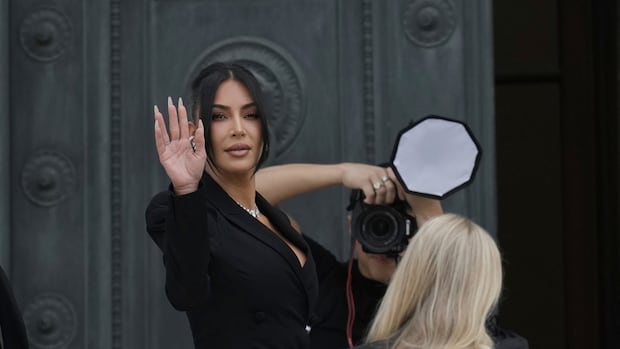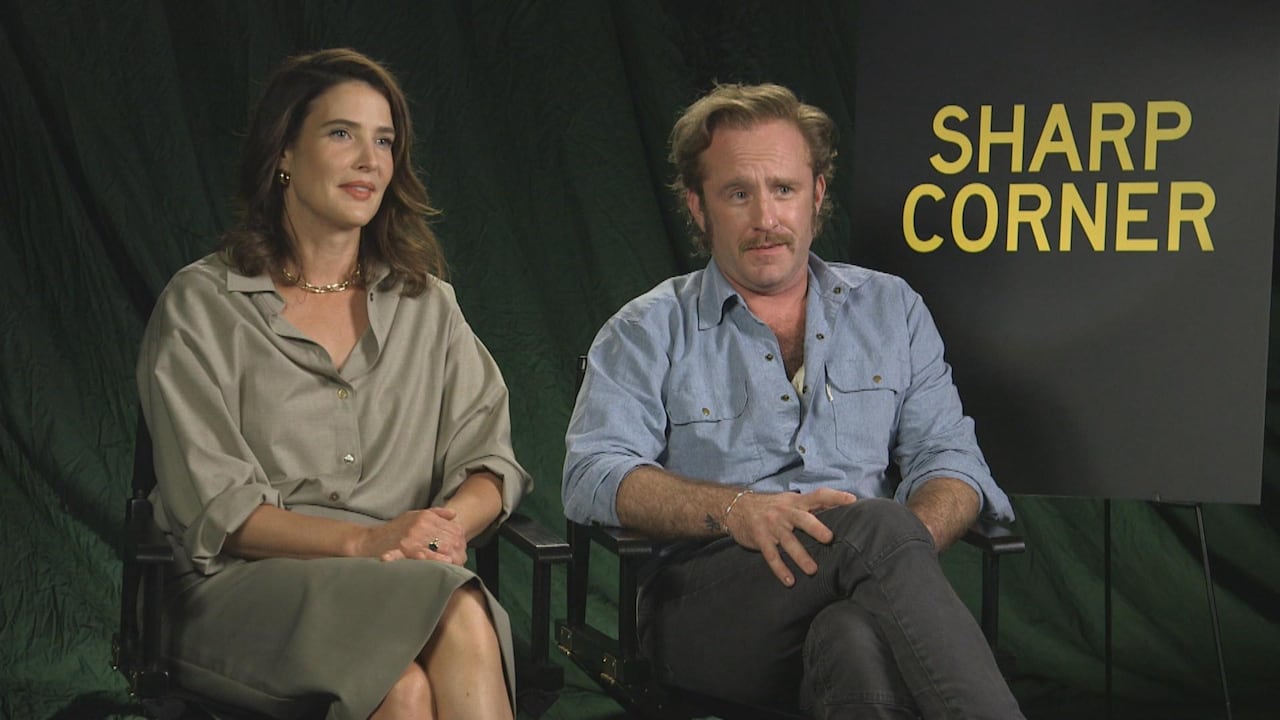Even after nearly 30 years — and a slightly disappointing box-office performance in the last outing — Mission: Impossible is not a movie franchise hurting for publicity.
That, of course, is partly due to what’s on offer: a truly international buffet of action and locales that gives James Bond, Jason Bourne and even Carmen Sandiego a run for their money.
But outside of that glitzy sheen, a large part of the draw lies with its star: an old-school leading man who, alongside Brad Pitt’s example in the upcoming F1, may be among the last celebrities with the requisite star power to sell a movie through a grizzled picture of their face alone.
The newest film, Mission: Impossible — The Final Reckoning, is definitely cognizant of this level of fame. The eighth instalment in Tom Cruise’s spy-thriller action series (following the somewhat confusingly titled Dead Reckoning Part One, the franchise’s first two-parter) provides as many explosions, chases and death-defying stunts as ever.
While not the series’ best, Final Reckoning is solidly middle-of-the-pack, and as always, the set pieces are reliably thrilling — if not quite as marketably dangerous. But beyond Cruise’s seemingly boundless appetite for grabbing onto the outside of airplanes, this is a film aware of the mythos he’s created.

Here, that legend lies in Ethan Hunt: the funny-running, more-deadly-when-disavowed embodiment of willpower and breath-holds, a man with a penchant for gunfights, eerily lifelike masks and falling from high places. A true last action hero so firmly embedded in popular culture, the roughly quadrennial marketing push for whatever insane way he’s risked his life this time has become a more exciting media touchstone than the Olympics.
Cruise is far from the only action star to force a new character into America’s hero pantheon. Like many of the others, he’s had enough sequels to slowly but surely overemphasize Ethan Hunt’s core traits and see the character become a caricature — or “flanderized,” the TV trend named after The Simpsons‘ once subtle, now clownishly religious Ned Flanders. As a result, it becomes impossible to look past the character’s predominant trait.
It happened to Vin Diesel in Fast & Furious. His Dominic Toretto started as a rough-and-tumble antagonist before morphing into a superhero with the power to collapse entire parking garages through the power of his stomp. It happened to James Bond, whom Daniel Craig took from a suave but damaged spy to sad-eyed Sisyphus, doomed by fate to watch every metaphor for hope bleed out below a sunset vista.
And now, it’s happened to Hunt. He began as a field agent on the outs, always on the hunt for loyalty, but Final Reckoning sees him in the endgame. When all is said and done — at least in Cruise’s opinion — Ethan Hunt’s final form is Jesus.
WATCH | Mission: Impossible — The Final Reckoning trailer:
Miracle marketing
That message is almost painfully transparent, and whether that means death or resurrection is best left for audiences to discover. Besides, whether or not we say goodbye here, Mission: Impossible‘s creators have jumped at the chance to make what amounts to an in memoriam segment to both Hunt and Cruise.
For Hunt, that amounts to a roughly 10-minute intro thanking him for his many sacrifices: a voiceover from U.S. President Erika Sloane (Angela Bassett) plays over a collage of prior M:I films.
“It’s been 35 years since circumstances brought you to us,” she says, constructing the thematic framing the rest of Final Reckoning will hammer us over the head with. “Though you never followed orders, you never let us down.”
This is paired with another voiceover, doing its best to recall the events of the second-longest Mission: Impossible movie, as we gear up to sit through the longest.
The Entity — a Skynet meets I Have No Mouth, and I Must Scream “truth-eating parasitic AI” — plans on hijacking the world’s nuclear arsenals to all but eliminate the human race, before rebuilding a utopia from the ashes for the remaining few.
It has inspired an international doomsday cult with members in every world government, so our heroes can’t trust their handlers. The only way to cripple it is by acquiring its source code, which currently lies in the bowels of a Russian submarine sunk somewhere in the Bering Sea.
And the only one who can get it is Ethan Hunt, who both holds the literal key to this treasure and — as he is repeatedly told, by virtually everyone he meets, every five minutes — a metaphorical one. Only he can save us. Why? Well, we’ll get to that later.
This set-up does allow for what Mission: Impossible does best: team-ups and action sequences. Our old hands do an admirable job. Hayley Atwell’s pickpocketing Grace may read as something of an Artful Dodger clone straight out of Oliver!, but her relationship and chemistry with Hunt becomes more important than ever this time around.

More interesting, though, are the new characters. Nunavut’s Lucy Tulugarjuk is an absolute delight as Tapeesa, and Tramell Tillman a revelation as Captain Bledsoe. The only complaint with either is how much more screen time both deserved.
But it is also a drastically simplified synopsis; the further we go into the plot, the harder it becomes to follow how this poison pill relates to that biological computer virus, to this Podkova, to that Sevastopol, to some optical drive in whichever Doomsday Vault halfway around the world.
It gets even more clunky and confusing as this movie insists on interconnecting the plots of all eight movies, interweaving everything from the first movie’s release date to every time Hunt has tried to sacrifice himself for the world’s sins.
Cruise’s myth-making
And it’s here that the myth-making between Hunt and Cruise becomes a bit blurred. Because as more scenes of past movies are interspliced with more and more characters telling Hunt how he is the only one with the power to save every single soul on Earth, it becomes harder to ignore the case Cruise seems to be making for himself.

After his 2005 debacle on Oprah’s couch, followed by the semi-commercial failure of his last purely dramatic outing, 2008’s Valkyrie, many saw Cruise’s career as on the rocks. Since then, he’s pivoted almost entirely to franchise fare, and an incredibly effective PR coup turning him into the man saving the movies.
Everyone from Steven Spielberg to CBC has bandied his title as the saviour of cinema. Cruise has either started believing his own headlines, or simply doubled down on the marketing. To be fair, this movie only partially suffers for it — after a dragged-out beginning, Final Reckoning culminates with a fantastic white-knuckle ending.
But it’s hard to ignore how these movies have also become a sort of brainwashing technique to sell us on both a fictional and real martyr. There is only one man who can save us, Mission: Impossible continues to scream — and here’s another line of dialogue and headline about how both he and his character once again nearly died doing it.




